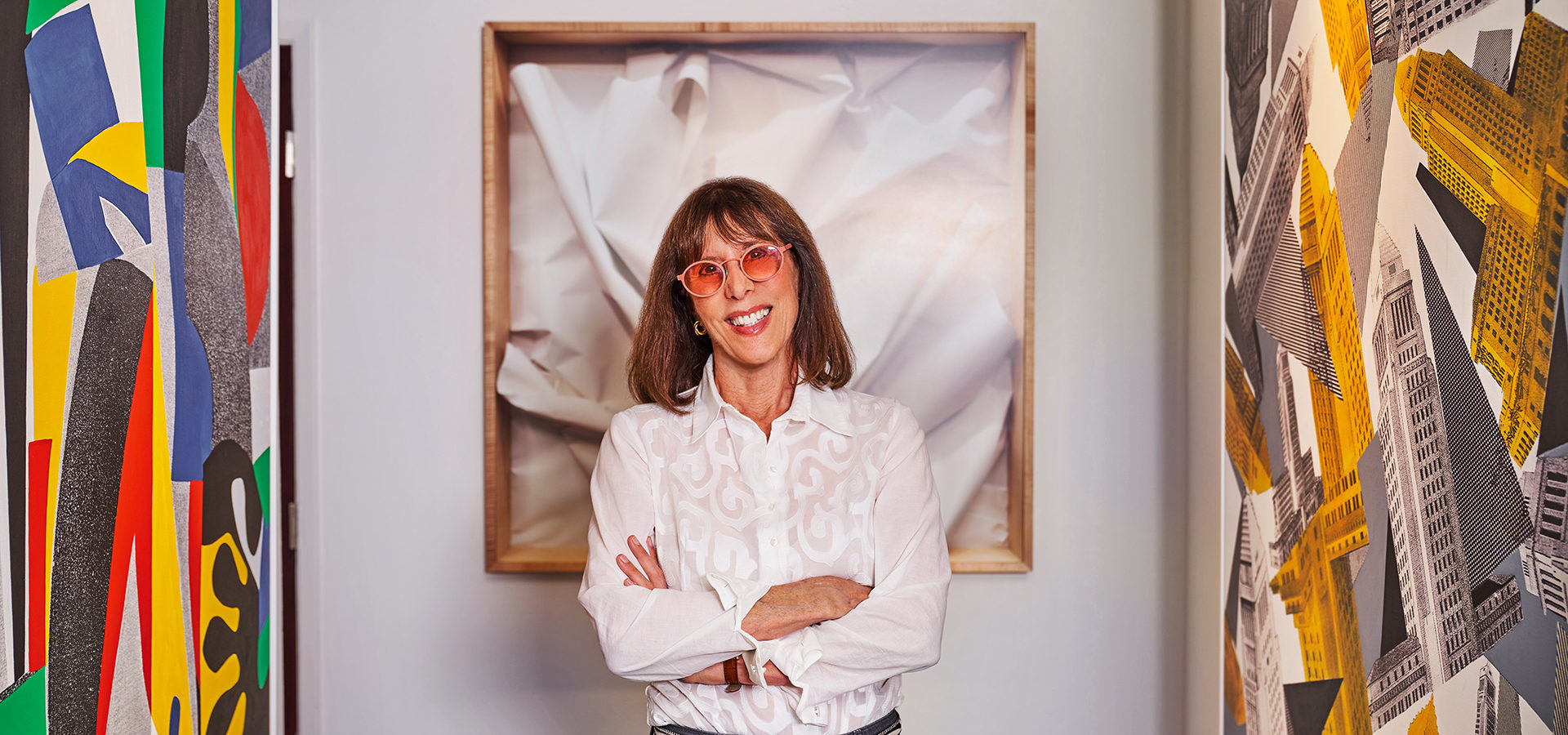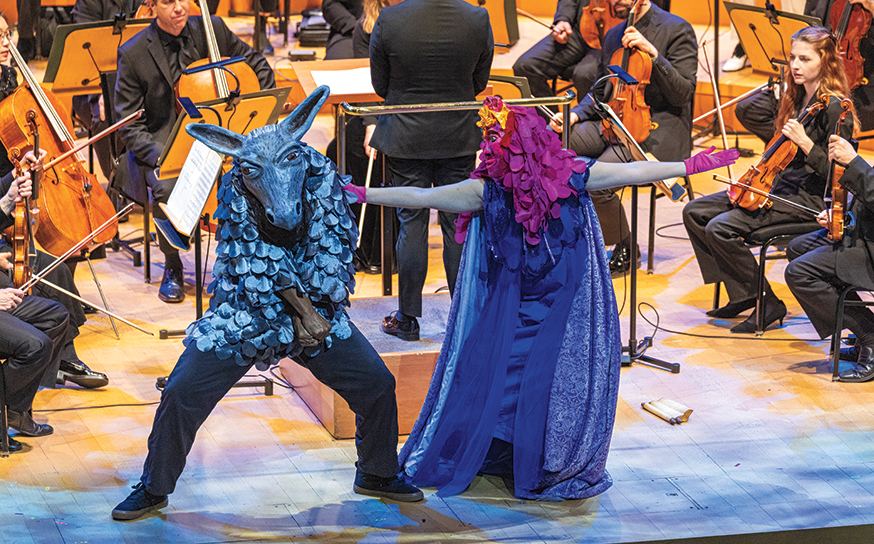
Artist and Art Consultant Laurie Raskin on How to Discover and Buy Art
Inside tips.
Laurie Raskin is a lover of all things art. With a BFA and an MFA in fine arts, and as an ardent student of art history, Laurie, along with her husband, Rick Shuman, has collected fine art for decades. She is also a mixed-media contemporary artist herself whose works are shown at numerous noteworthy galleries in the U.S. as well as internationally. And simply because she loves to help people connect with and develop a passion for art, Laurie also works as an art consultant.
Here VB editor Linda Grasso gets the connoisseur’s advice on finding and buying art for the home, whether you are looking for an investment piece or a first-time buyer trying to define your tastes.
 How does one define their tastes in art?
How does one define their tastes in art?
Start visiting museums and galleries regularly—and take your time. As you explore, see what you are attracted to and what engages you. Ask the gallerists and docents questions. Taking classes is also a great idea. Our tastes grow and change as we become more knowledgeable. Another option: Hire an interior designer or art advisor/consultant whose taste you like for some help. There is no right way to collect art. Be personal and be bold. And enjoy yourself in the process.
If you live in a traditional house, should you buy more traditional art? And ditto for contemporary homes and art?
I like to mix it up. It’s very personal. Contemporary art looks terrific in traditional homes, and traditional pieces can work very well in contemporary homes. There are no rules here. Collect what you love.
How does one assess how much to pay for a piece? Is value simply a matter of how much it means to you and are willing to pay?
Yes. I do suggest doing your research on past sales of a particular artist. Find a budget you are comfortable with, but sometimes stretch for something you love. You will always regret the one that got away. Most galleries are willing to allow you to pay in installments. Better to buy a good piece over an extended time than to buy a piece for less money that you don’t love as much.
“There is no right way to collect art. Be personal and be bold. And enjoy yourself in the process.”
OK, you have a room with four walls. All four are empty. How does one assess which wall to place art on?
This is where intuition and play come in. How large are the walls? Where are you sitting in the room? What wall are you looking at most? What is the light like? Just move things around until it feels right. First, lean art against the wall for a while before you hang anything. Photoshop can also be very helpful.
Any tips for looking for “affordable” art?
There are many ways to buy affordable pieces. Every year, there are art sales from graduate art students: UCLA, CalArts, Art Center College of Design, and Otis. Get on their mailing lists or contact the school offices. You can also buy high-quality prints or lithographs from many sources. Saatchi Art and Artsy are great online places to buy art and research artists. There are local artists’ studios that show their works several times a year. The Brewery Art Walk in Downtown LA as well as Barker Hangar in Santa Monica have sales several times a year. Saatchi Art holds an art fair in LA every year with a variety of price points available. There are also galleries that show emerging artists that are affordable.
Does everything have to be framed?
It depends on whether the piece is on canvas or on paper or how fragile it is. There are some wonderful framers that are not too expensive. It also depends on where you are placing your art. Art can fade. If you do use glass or plexiglass, make sure it has UV protection.
If you are contemplating making a major purchase at a more high-end gallery or via an auction, how do you make sure you are getting a fair deal?
First, you must like the work. Then look up the artist you are interested in online. Go to their website. You can also sign up for various local art email newsletters to get a basis of knowledge about fine art—which will give you confidence in your decision. Art Now LA, Artillery, Art Matters with Edward Goldman, ARTnews, Art Daily, and Art Talk are a few newsletters that will keep you educated about the local art scene.

Edward Goldman leads students through a gallery while teaching his private class Fine Art of Art Collecting.
Any other suggestions?
Bring an art piece home and see how it looks before deciding. Most galleries will allow this. Do your homework. Put in the time at galleries. And when you visit one you like, sign up to be on their email list. Follow artists and galleries on Instagram. Lastly, take a class on art collecting. Edward Goldman, formerly of KCRW Art Talk, gives a private class four times a year on the art of collecting. Brenda Williams teaches an excellent class at UCLA Extension called Contemporary Art Los Angeles. With both of those classes, you’ll go to galleries, private collections and museums.
What generally constitutes an “investment piece”? Any advice for buying one?
Trends come and go. The “it” artist today could be out years later. There are artists who have stood the test of time. There are also famous artists who go in and out of fashion. If you are buying for investment and are inexperienced, it’s probably a good idea to work with an art advisor or gallery that you trust. I personally don’t advise buying art only for investment. Imagine you buy a piece that you don’t love, and you look at it for decades and the value remains the same. What a waste of an opportunity! Instead, buy what you love and enjoy it.










